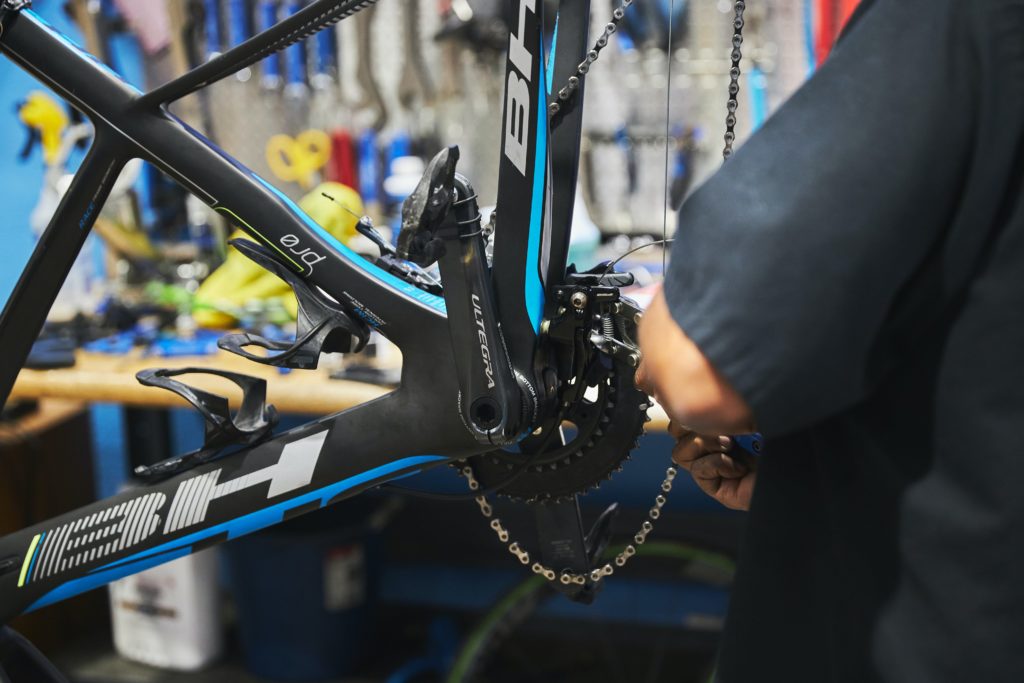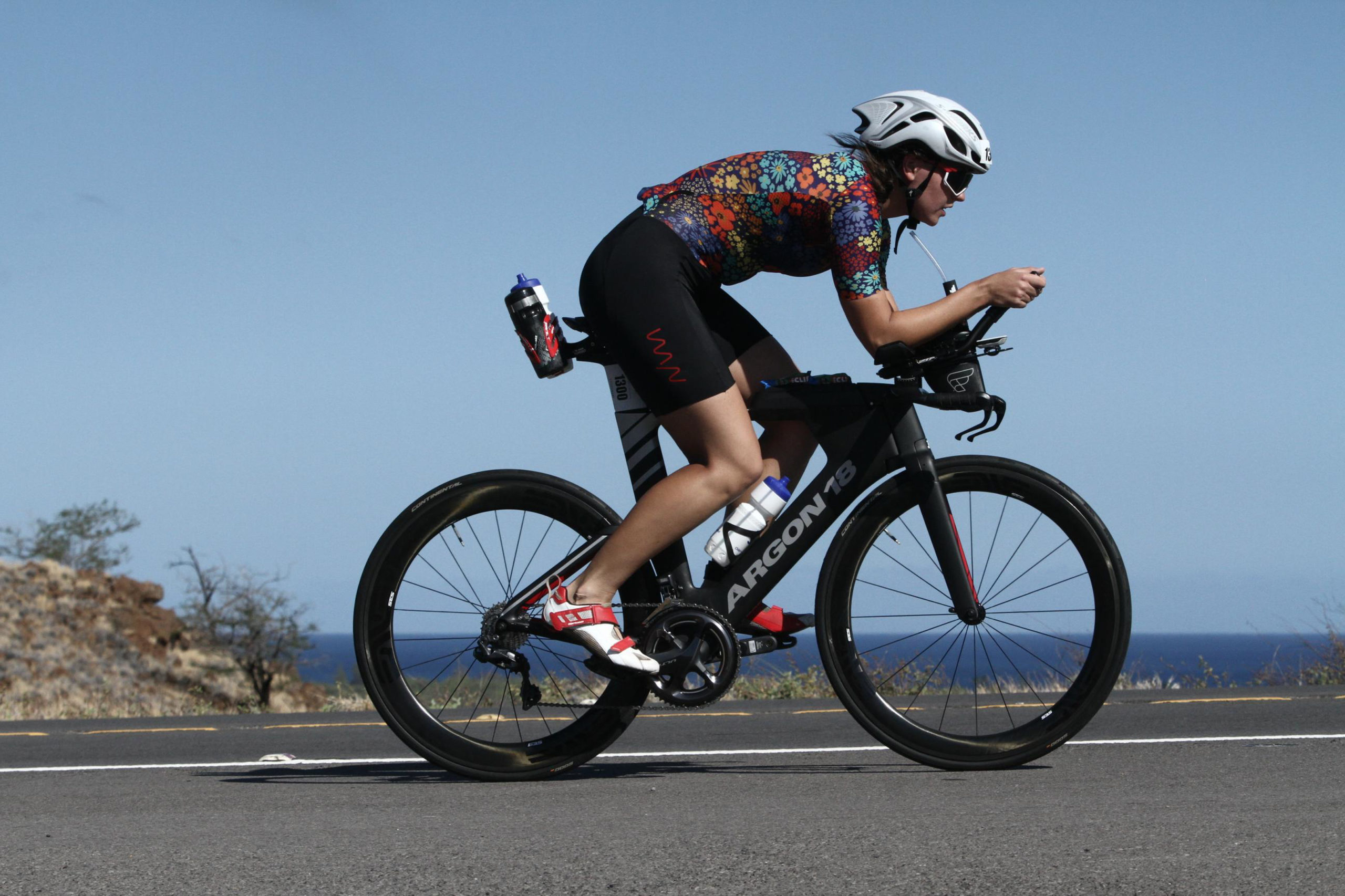Five Pieces of Gear That Are Worth the Upgrade

Triathlon is a gear-heavy sport. From a wetsuit (Use Code RTB15 for 15% off) to a bike to nutrition, there are a lot of moving pieces to be accounted for in both training and on race day.
It’s no surprise that amassing this gear can be expensive. If you’re like most of us, you may look to save money by renting a wetsuit, borrowing a bike, and wearing the same sneakers you’ve had for years.
While these cost-conscious strategies can work in a pinch, sometimes you have to pony up and pay to upgrade your gear for comfort and safety reasons. Here are five pieces of triathlon gear that are worth it to spend some dough on.
Five Pieces of Triathlon Gear That Are Worth the Upgrade
- Bike Saddle
Whether you’re training for a sprint- or Iron-distance triathlon, a bike saddle is one item you should never skimp on. After all, you’re perching yourself on a very small piece of real estate for a considerable amount of time regardless of the length of the race. If your saddle doesn’t mesh well with your body dimensions, you’re going to be miserable from the first minute you sit down to the last minute of your excruciating ride.
Don’t pick just any saddle, though. Saddles come in a variety of options, from split-nose to female-specific and it’s easy to get overwhelmed in the process.
Head to your local bike shop or bike fitter as a good place to start. They can help talk you through which saddles are good for what body types, race types, and training load. Some shops offer saddle demo programs. They will allow you to use a saddle for 30 days before deciding to purchase.
- Running Shoes
Did you know that most running shoes need to be replaced after 250-300 miles on them? Just like with a car, running shoes have a mileage limit – they literally can’t run forever!
Your years-old running shoes, are not providing as much cushioning, spring, and protection of your joints and muscles. Investing in a new pair of sneakers will be worth the money.
Just like with bike saddles, though, don’t go it alone. Running specialty stores (aka dedicated running stores vs. a big box retailer) have staff on-site who will assess your running gait, foot shape, and any other concerns you may have. Then, they’ll be able to accurately share their shoe recommendations specific to your needs.
New running shoes can range from just under $100 to about $250. Most day-to-day running shoes will be priced near the $150 mark.
- Bike Helmet
We bet you’ve seen those fancy race helmets that look oh-so-aero. We aren’t necessarily talking about those types of helmets, but the advice we give applies to all noggin protectors on the market.
Bike helmets should be replaced every three-to-five years, even if they aren’t involved in a crash or aren’t cracked. If your helmet is cracked, has been in a crash, or is getting old and crusted out, don’t delay in getting a new lid.
Although it hardly bears explaining, bike helmets are an essential piece of safety in triathlon. Everyone – even the pros – must wear a helmet for the bike portion of the race. And, according to USA Triathlon rules, you must have your bike helmet on your head and fastened whenever you are handling your bike during a race (yes – this includes while in transition!).
Fortunately, a safe bike helmet doesn’t have to break the bank. You can find some for as little as $40-50 from well-known brands like Specialized.
- Tri Kit
It’s shocking how expensive a few pieces of spandex are these days. It can be tempting to repeatedly wear the same old bike shorts, sports bra, and jersey. Unfortunately, those threadbare items could be doing you more harm than good.
For example, bacteria love to grow in our sweat. Gross, but true. Even if your apparel is washed, you can still get skin irritation from bacteria embedded in the fabric.
Plus, as athletic clothing becomes used it can stretch out and become ill-fitting. This may not be a huge issue when training, but come race day this leaves the possibility to experience some major chafing from wet, baggy clothes. The last thing you want on race day is to be fighting against the kit you’re wearing.
Many brands offer introductory triathlon kits and cycling gear for a decently affordable amount. You can mix and match discounted tri tops and bottoms. You’ll be able to find a kit that fits both your body and your budget.
- Bike Mechanics
In order to have fun training and racing a triathlon, you need make sure your equipment is safe.
Yanking your haven’t-ridden-in-ten-years bike out of the garage and taking it for a spin on the open road that day probably isn’t a wise choice. Bikes are made up of tons of components: the bike chain, shift and brake cables, brake pads (those are important), bearings, and more. Over time, these components can wear out and break, sometimes without you even knowing.
It is extremely worth it to pay between $50-150 and take your bike to a mechanic (or use a mobile service like VeloFix) for a basic tuneup. The mechanic will ensure all key components are safe and ready to ride. This will give you peace of mind and the knowledge that you can pedal with confidence.
Not all gear in triathlon needs to be brand-spankin’ new. Sometimes, it’s okay to cut corners. But for these five pieces of gear, consider making the investment in your comfort and athletic career by upgrading.

Kristin Jenny is an eight-time Ironman finisher and multi-time Kona qualifier. She is based in Boulder, CO where she enjoys spending as much time outdoors as possible with her husband and dog. Kristin is passionate about helping others enter the world of endurance sports and to experience all the triathlon community has to offer.









